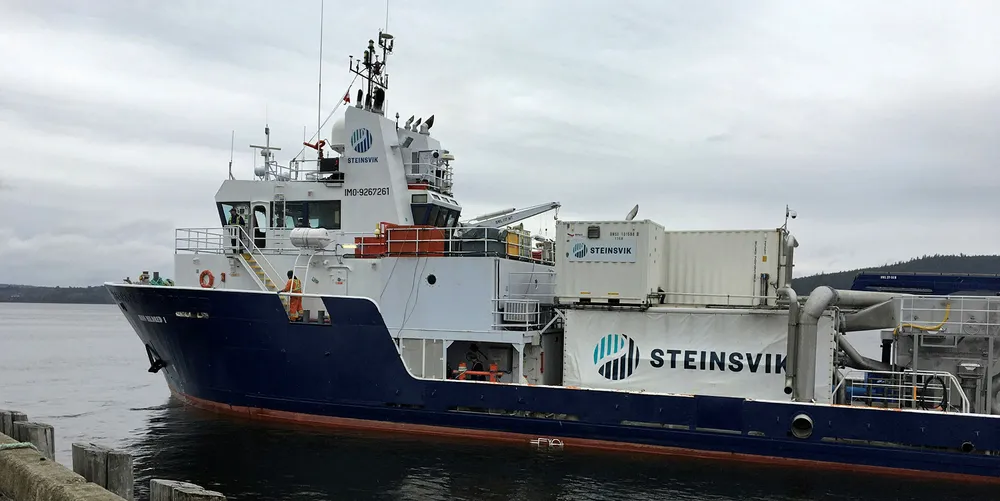Business intelligence: Chemical-free sea lice treatments take off
As the industry moves away from chemical treatment such as Slice, it is finding success with a new set of treatment solutions.

As the industry moves away from chemical treatment such as Slice, it is finding success with a new set of treatment solutions.
